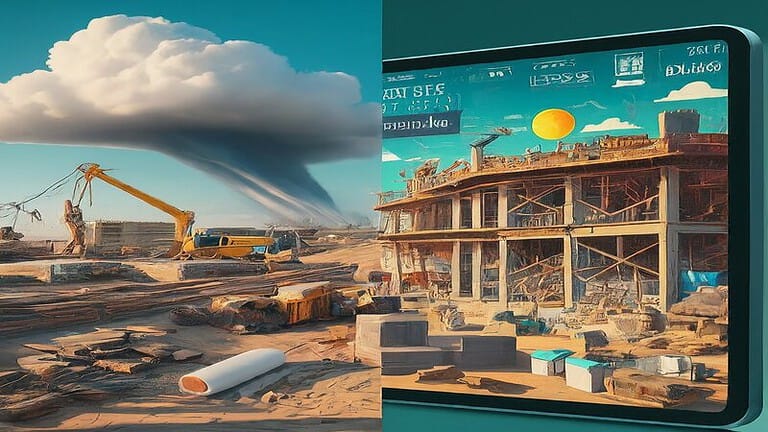It’s frustrating when customers send sudden changes in the bill of quantity scope in the middle of the tender. It will push your timeline back and mean more expenses, not to hammer that point too hard! But how do you avoid these pitfalls to minimize the loss of the work you have already completed?
The Change Phase
The customer notifies you there is a change in the bill of quantity and now you need to deal with it. In many cases, the bill of quantity includes thousands of rows and new documentation of the project design.
This can be a difficult task, as you must ensure that the changes do not negatively impact the project budget or timeline. However, it is important to remember that the customer is always right. You must therefore do your best to accommodate their needs.
As most work done today is done manually using excel sheets with estimation calculation formulas, it takes time and causes mistakes.
What you need to be able to do is first:
- Understand what changes were made and where in the new bill of quantity version.
- You need to continue the estimate from the same spot for the bill of quantity lines that didn’t change.
- You need to address the changes to the subcontractors with accuracy and with no delays.
Tools to Manage Changes
When it comes to forced changes in the bill of quantity or scope of a project, it’s important to have the right tools in place to manage them. Here are a few things to keep in mind:
- Documentation is key. Make sure you have a clear and up-to-date project scope document that outlines the work to be done. This will help to avoid scope creep and other issues down the line.
- Change construction estimating software can be a valuable asset. This type of software can help you easily manage changes, compare versions, communicate with stakeholders, and get approvals.
- Be prepared to negotiate. If a customer wants to make a change that will significantly impact the project, be prepared to negotiate on things like price, timeline, and scope.
By following these tips, you’ll be better equipped to handle forced changes in the bill of quantity or scope of your project.
Your Approach with Customers Regarding Changes
There are a few approaches you can take when it comes to managing forced changes in the BOQ / scope of a project from the customer during the tender process. The most important thing is to remain professional and keep communication lines open with the customer.
One approach is that you can ask for a longer deadline for the tender submission because it involves a lot of work and you need more time. The second approach is that if you can’t meet the deadline, you can notify the customer that you won’t be able to and it’s up to him to decide if to make changes to the deadlines or count you out of the tender.
Whatever approach you take, it is important to remember that eventually your goal is to win the tender and win it most profitably.
Conclusion
It is unfortunately pretty common practice in the construction industry to have the scope of project changes during the tender, and it is challenging to manage these changes if you’re not prepared for it. The most important thing to do is to make sure you can analyze all the changes and have a plan to manage these changes most efficiently. Remember that you are still in control of the project and that it is ultimately up to you how to proceed. With a little bit of planning and foresight, you should be able to successfully navigate any forced changes in scope from the customer.















